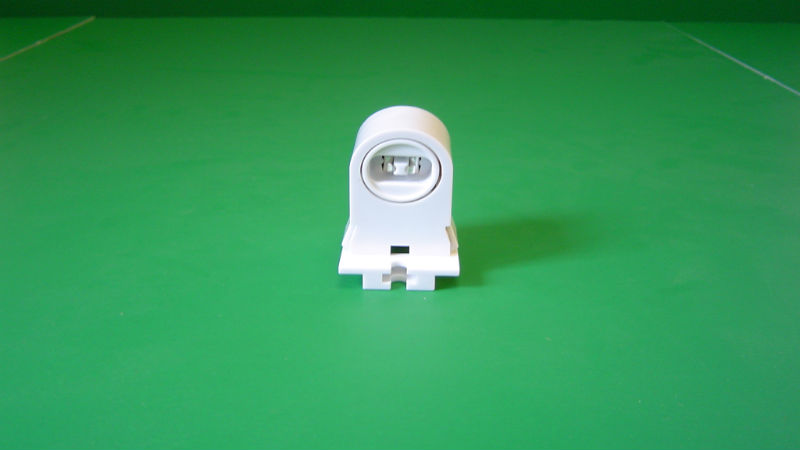Bi pin sockets were invented for the 1893 World’s Fair in Chicago by Reginald Fessenden. Thomas Edison had already invented a screw-based bulb, and after Westinghouse won the contract to light the World’s Fair, Edison refused to allow Westinghouse to use the bulb. Westinghouse and Fessenden then invented the bi pin bulb and socket.
Unlike the screw-based socket Edison built, a bi pin bulb has two exposed pins which fit into a bi pin socket.
Today, there are still only two main types of light bulb bases: screw base and pin base. Each base works a different way to connect voltage to the light bulb.
Bi pin sockets are typically used for with small incandescent light bulbs and some fluorescent lights.
Bi-pin sockets are available in different sizes and in shunted and non-shunted varieties. They come with either snap-in or slide-on mounting options. Mini bi pins typically have pins closer together to prevent the wrong bulb from being installed causing overheating and possibly fire.
Shunted sockets join two points on a circuit with a conductor. There is a single track for the electrical current to travel from the ballast through the socket to the lamp pins. These sockets are designed to be only used with instant-start ballasts.
Non-shunted sockets are not joined and have two separate points of entry for the wires. This creates two tracks for the electrical current to travel. These sockets are designed to be used for programmed-start ballasts.
Many fluorescent lights use bi pin sockets for attaching lamps. Bi pin bases consume less energy than other fluorescent sockets. Bi pins also allow for smooth dimming on bulbs.
Bi pin lamp holders are installed in residential and commercial buildings. They are easy to install, economical and energy efficient making them an excellent choice for homeowners.

